If you’re fortunate enough to have the opportunity to use an office wireless headset, there’s a key accessory that you don’t want to overlook; a wireless headset lifter
What does it do?
It’s a cornerstone accessory that works in tandem with your office wireless headset and your office desk phone. A wireless headset lifter is a device that allows you to take phone calls while away from your desk. This device provides a world of convenience to those using office wireless headsets.
Handset Lifters allow you to be accessible even when away from your desk, and as a result, help to be more readily available to your customers, not to mention reducing or eliminating the need to retrieve voice messages and return phone calls. Wireless headset lifters are far more valuable than convenience alone and to have a wireless headset without this accessory is to place limits on the capabilities of your office wireless headset.
How far can I walk away from my desk and still answer my incoming phone calls?
The answer to that question rests upon the rated talk range by the office wireless headset. Most models today are rated “up to” 350 feet. I say most because most office wireless headsets all use the same technology (Dect 6.0), meaning they all provide a very similar wireless talk range. If you can walk 300 feet away from your desk, and say, you’re using a Plantronics headset with lifter, then you’ll be able to answer phone calls up to that same range.
How do I hear the ringtone of my phone?
As long as you're within range of your headset charging base (typically about 300 feet) you will get a beep tone in the headset when your phone rings, letting you know to answer.
Do I have to go back to my desk to hang up the call if I take it when away from my desk?
The short answer is no. That’s part of the overall functionality of a wireless headset lifter. You can take calls remotely, but you also have the convenience of not having to return to your desk to end the phone call. Instead, simply press the call control button on your office wireless headset and the call is ended. You continue with your work without the need to be running back to your desk throughout the day.Is my phone compatible with a wireless headset lifter?
Most office desk phones are, but like with anything, there are always exceptions. Fortunately, in this case, the exceptions are rare. For example, if you’re using VoIP, digital or analog phones by brands such as Cisco, Polycom, Avaya, Aastra, ShoreTel, Mitel, AT&T, Nortel, Grandstream, YeaLink, and others, then chances are good that a wireless headset lifter will work fine. To be sure, you’ll want to contact your headset vendor to check compatibility. Otherwise, contact us and we’ll be glad to verify compatibility for you.
Are there any routine things to do to keep the handset lifter operating correctly?
Generally speaking, no. That said, there are a few things to keep in mind if using a wireless headset lifter over time.- Double-sided tape. Lifters are attached to desk phones by way of double-sided tape. Over time, this tape can become less adhesive causing the lifter to loosen up from the phone. This can cause alignment issues resulting in the phone handset receiver not hanging up properly. Should this happen, the easy fix is simply to detach the lifter from the phone, remove the current double-sided tape and then install fresh tape. In doing so, you’ll see the lifter is once again firmly fastened to the desk phone and good for many months to come.

- Lifter connector cable. If using a Plantronics headset with lifter, you’ll see the lifter
- Height adjustment. Many office desk phones can change the angle of the
phone (increase or decrease the pitch). These adjustments can cause issues with wireless headset lifters. For example, if your phone is resting on your desktop at an angle that’s more horizontal, the lifter will need to raise the handset receiver higher than if the phone angle is more vertical. The good news is handset lifters typically have a “height adjustment” button specifically for making the lifter height adjustment.
Here’s what the various wireless headset lifters look like
Here’s what a wireless headset lifter looks like when installed on a desk phone. Note the lifter arm is raised which in turn, raises the handset out of the cradle. This occurs when the call control button on the wireless headset has been pressed. This allows you to take an incoming call, and then by pressing it a second time, you can end the call. No more running to your desk to catch a call and no more listening to voice messages and making return phone calls. This has been proven to be far more efficient while at the same time, helps you to deliver better customer service. Here's a convenient link to each of the above lifter if you are looking to add one to your headset setup.
- Plantronics HL10 - wireless headset lifter
- Discover DHL110 - wireless headset lifter
- Sennheiser HSL10 - wireless headset lifter
- Jabra GN1000 - wireless headset lifter
If wireless headsets, such as Plantronics wireless headsets, Jabra wireless headsets, Discover or Sennheiser are in your plans, do yourself a favor and make sure to include the handset lifter. In doing so, you will unlock the full potential of your office wireless headset and soon thereafter, you will have developed a full appreciation for how good these devices truly are.

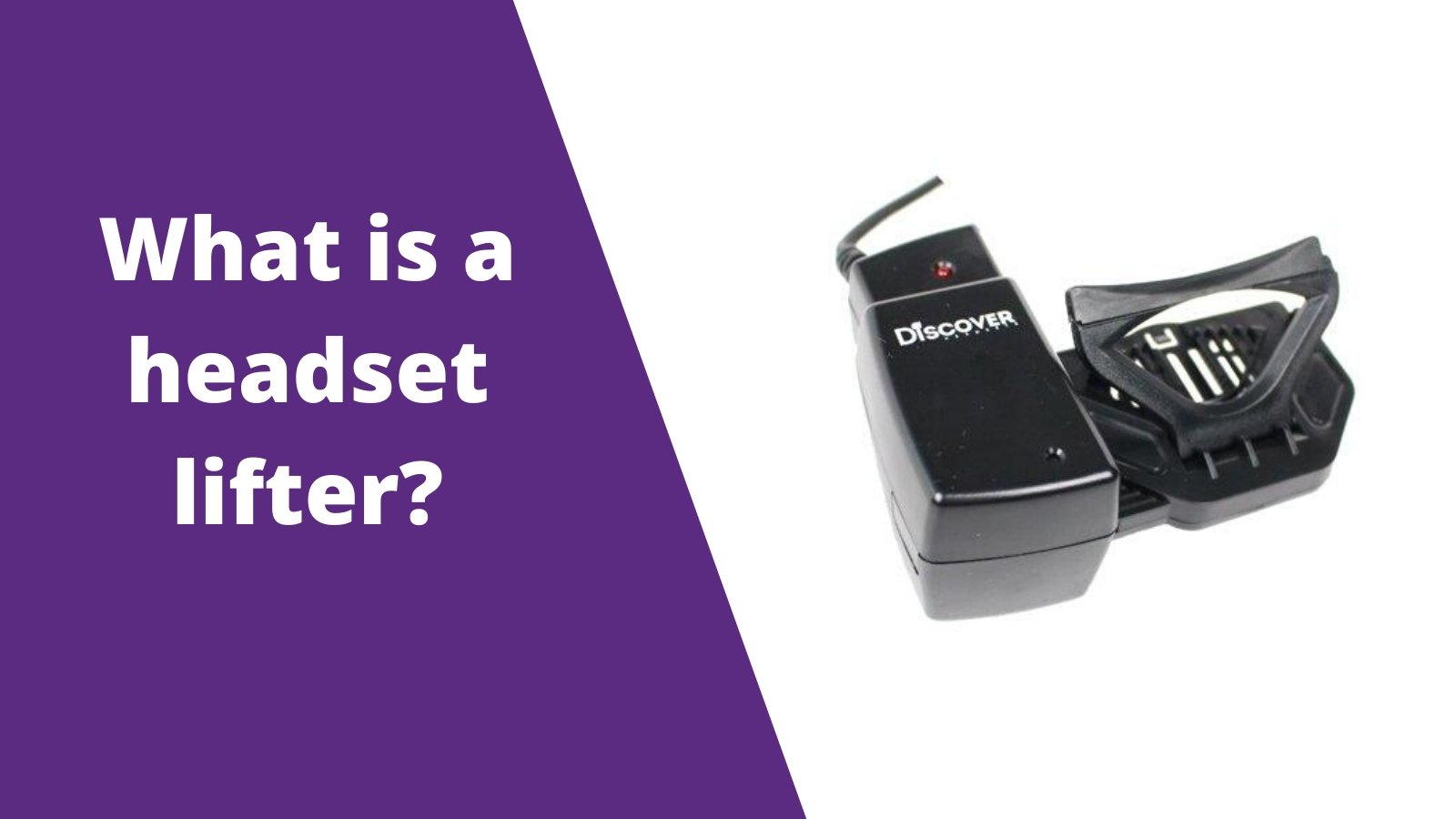




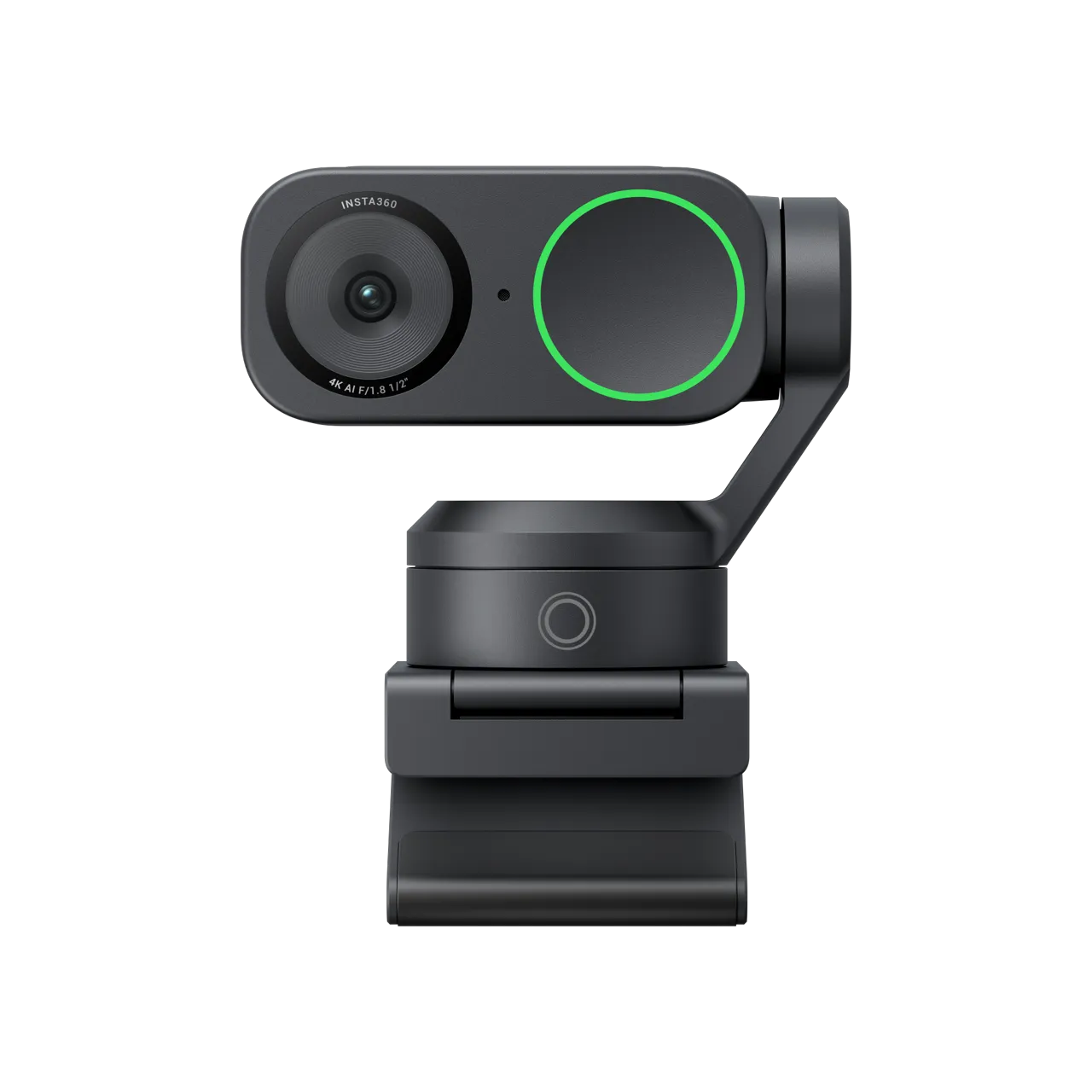
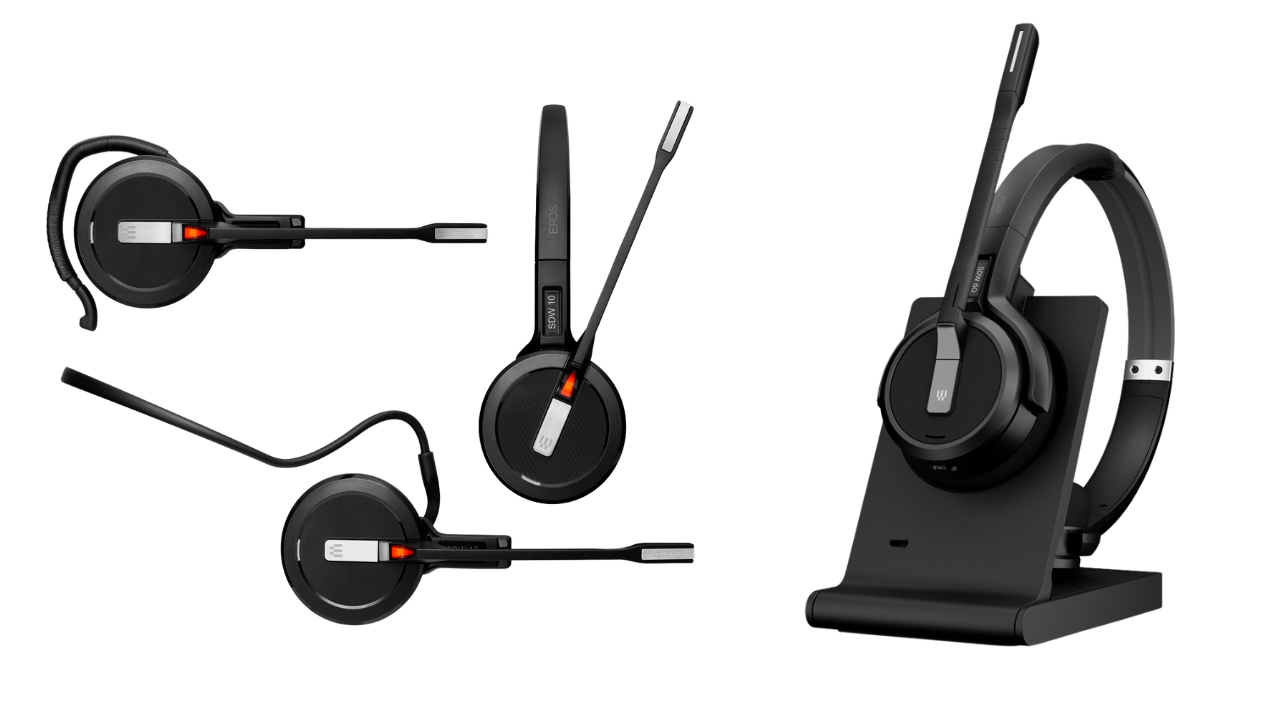

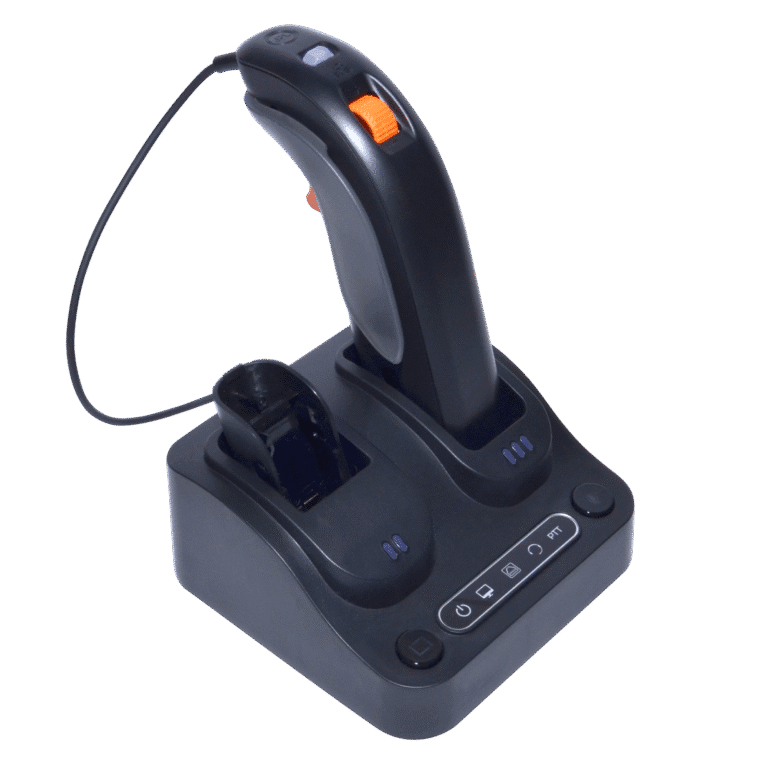
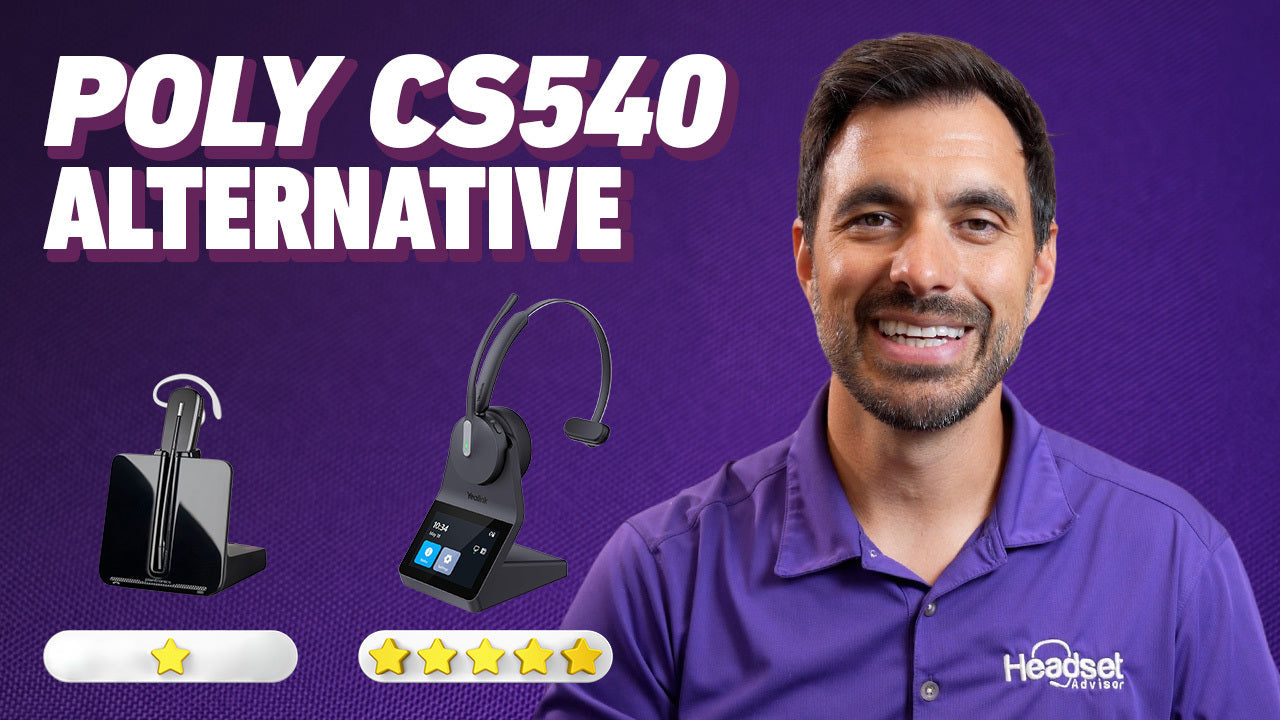

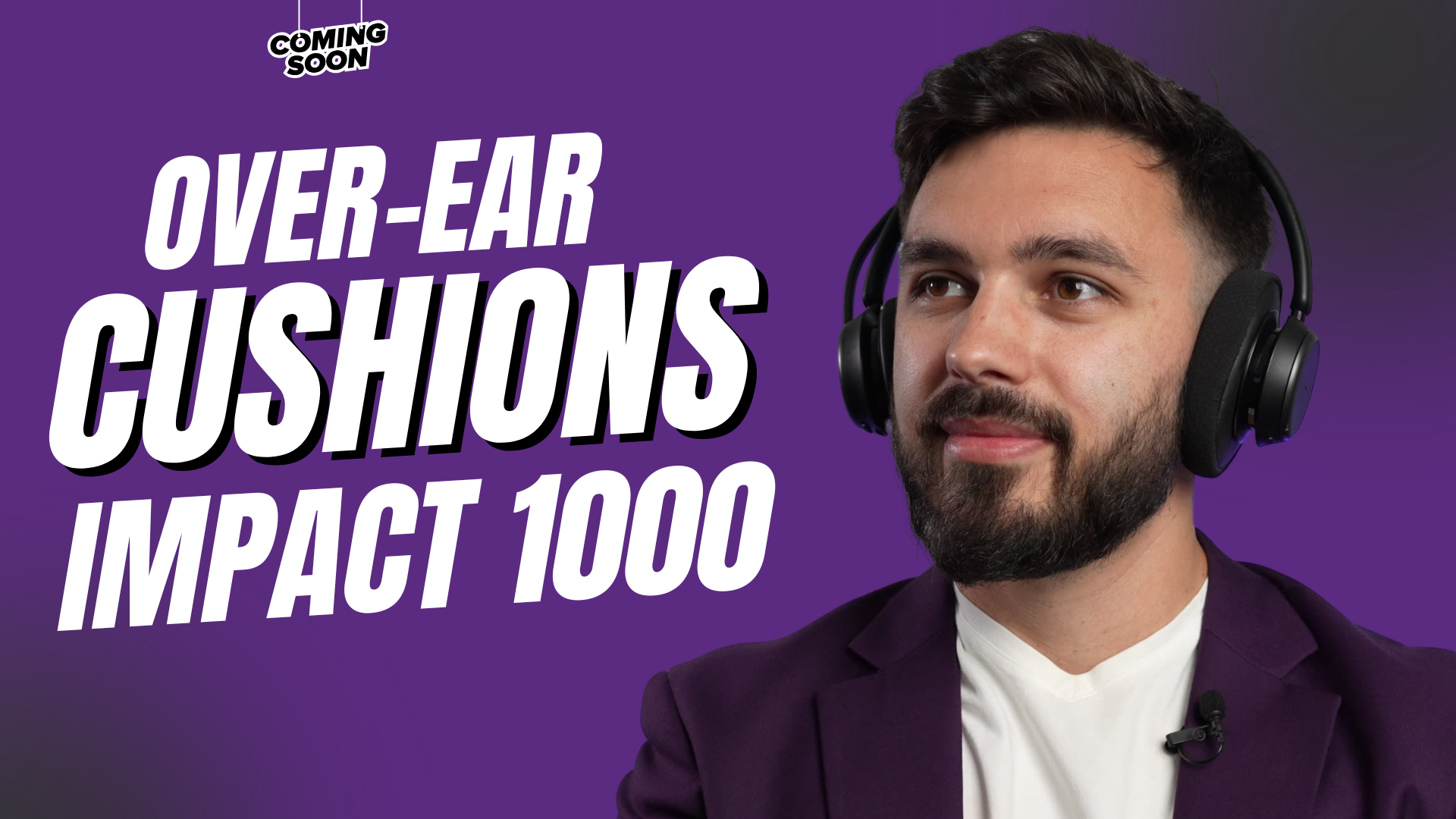
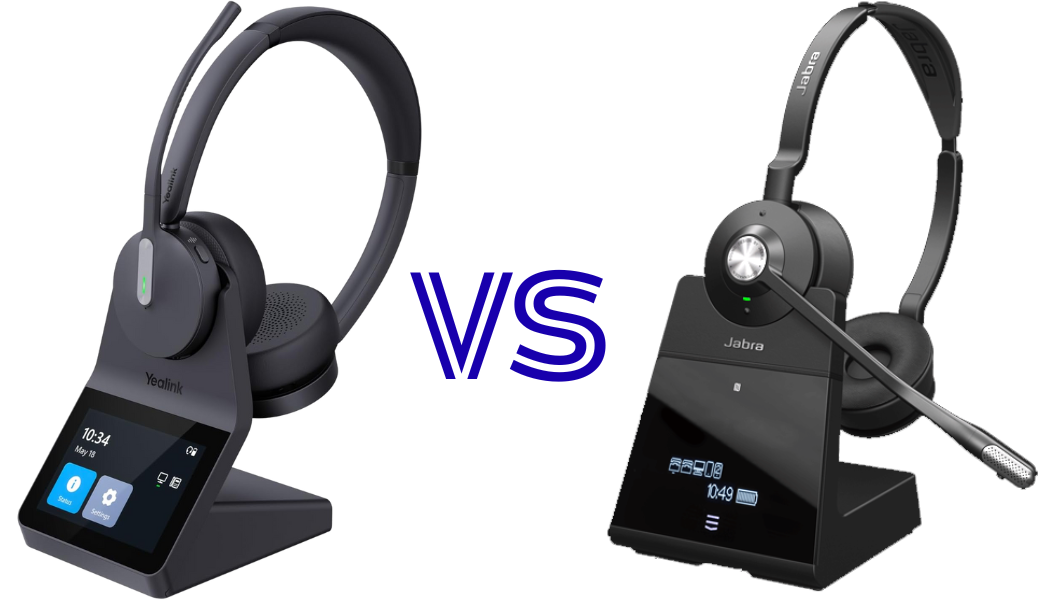
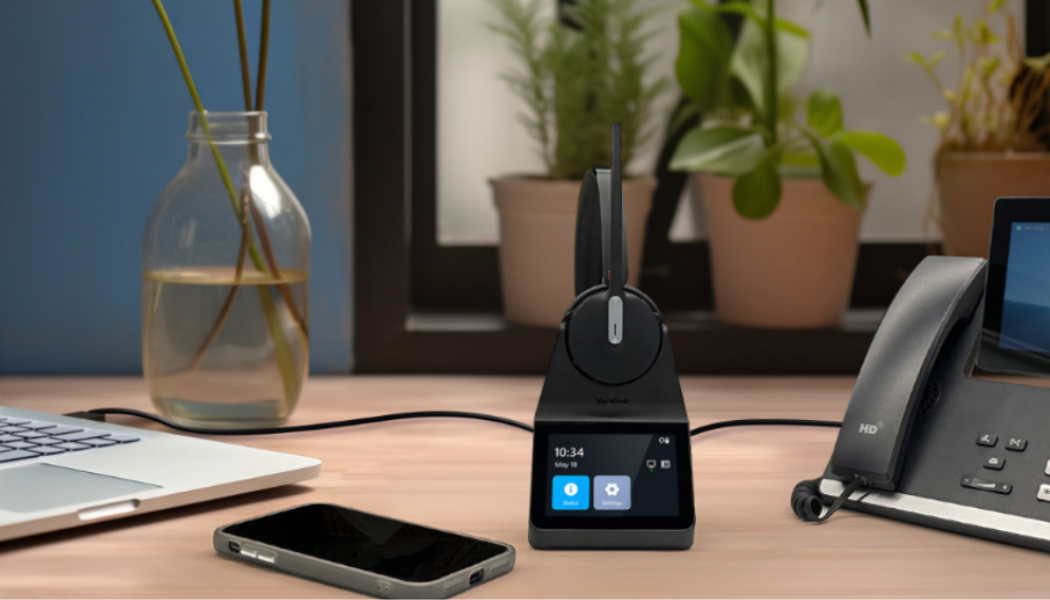
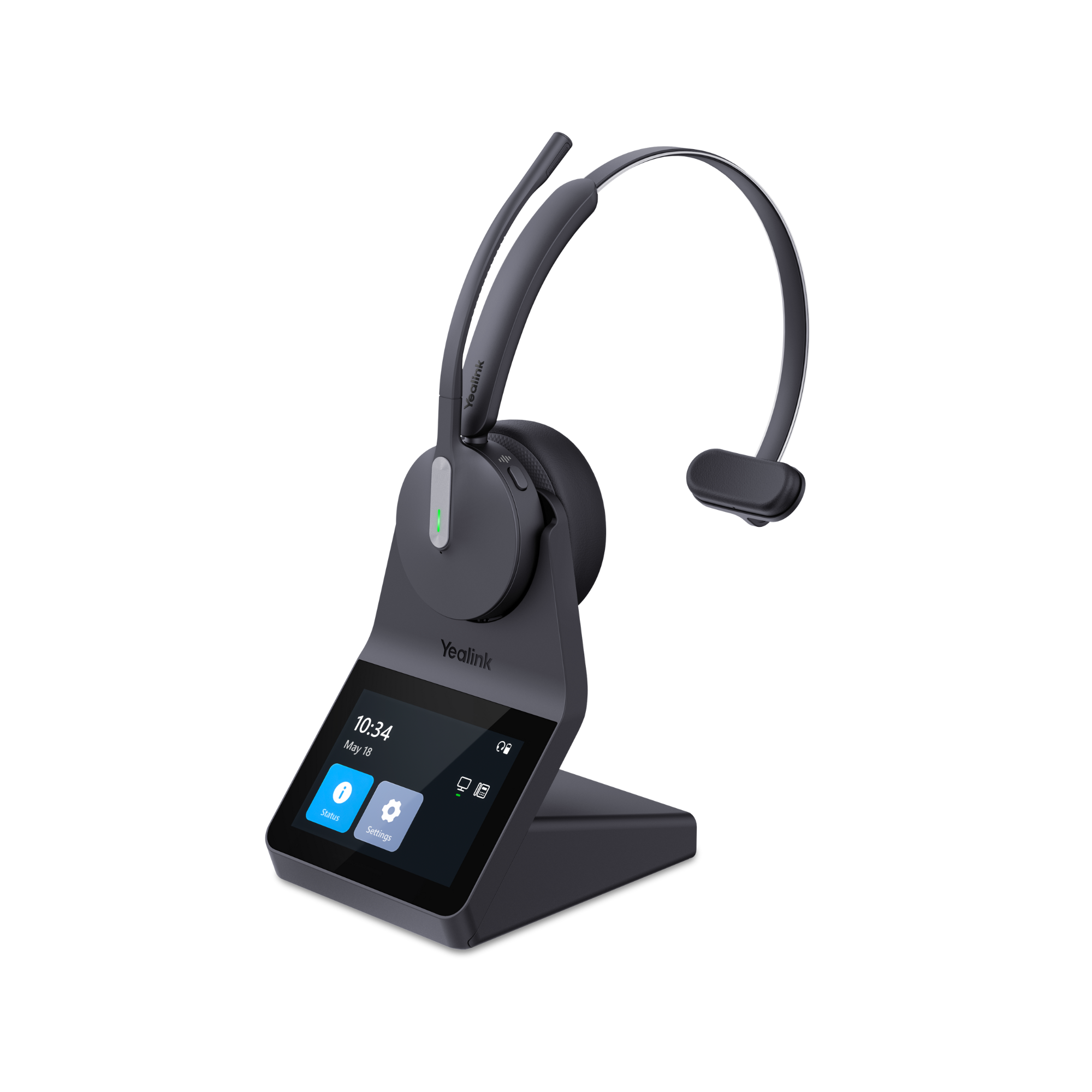

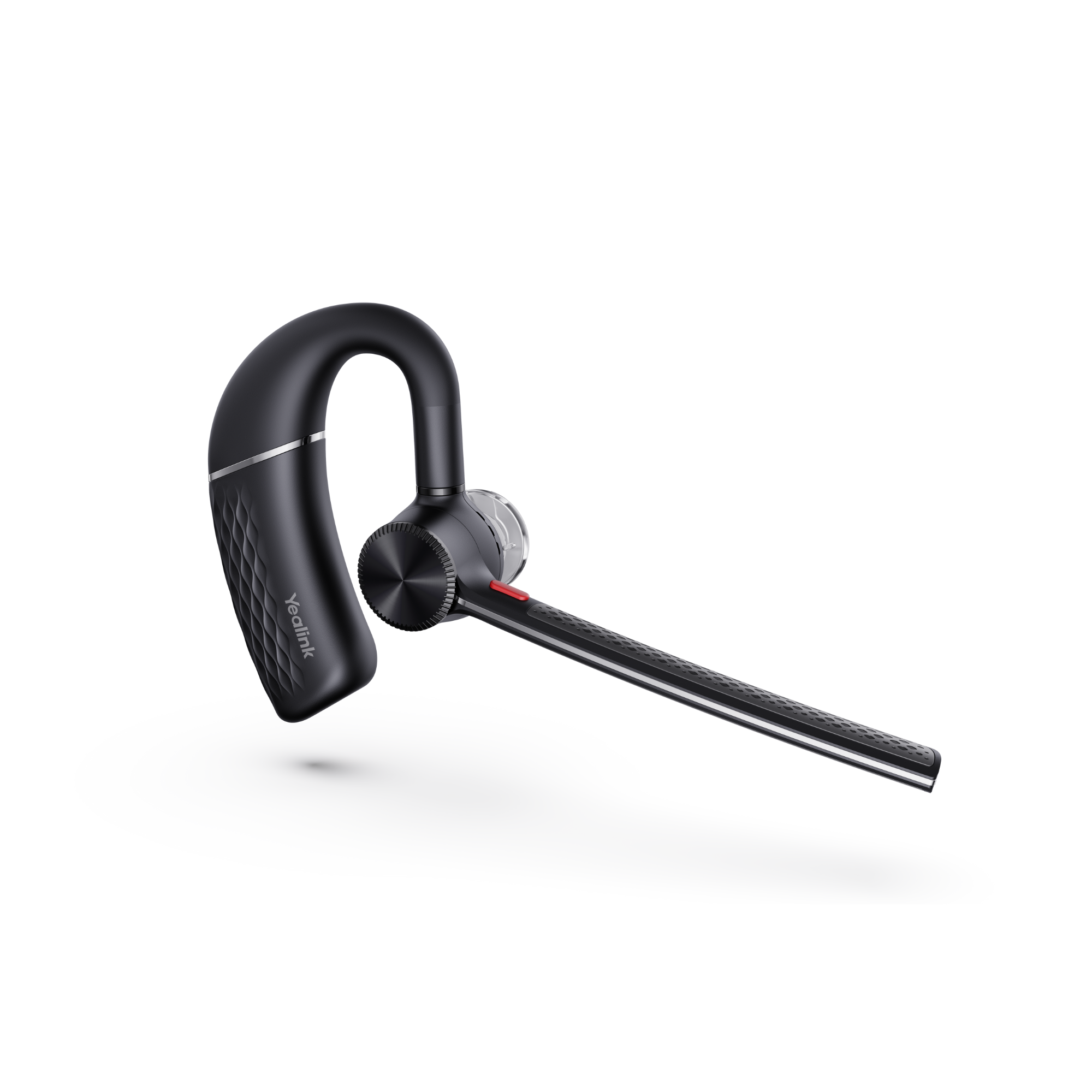
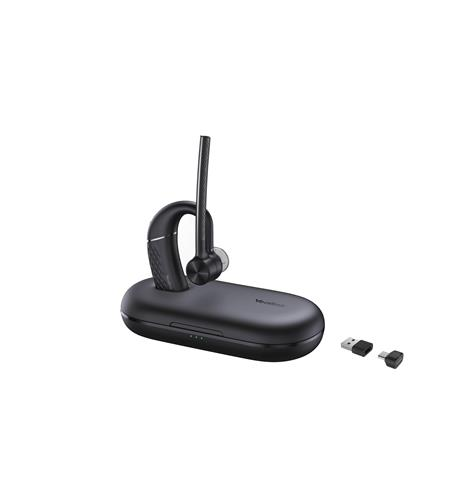
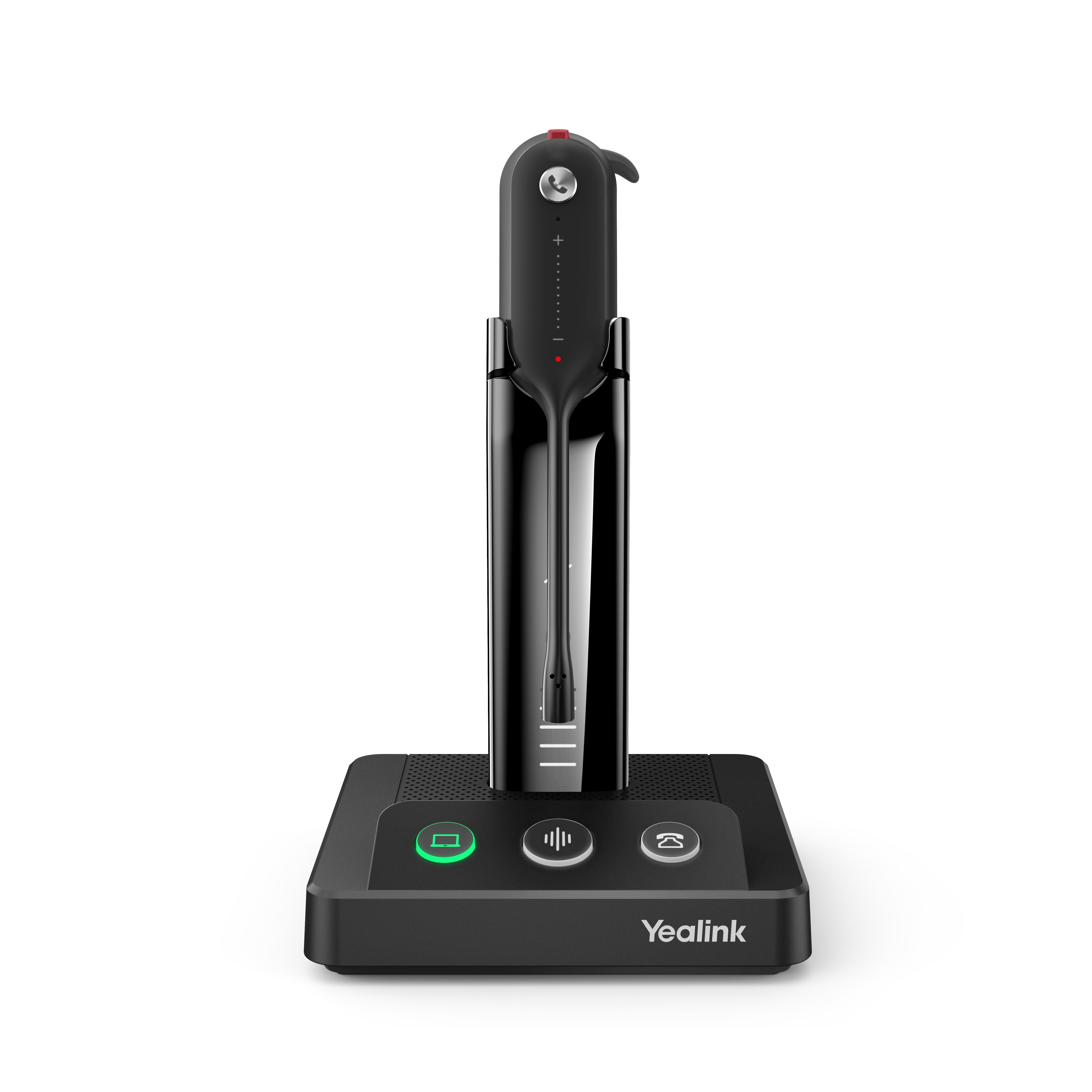
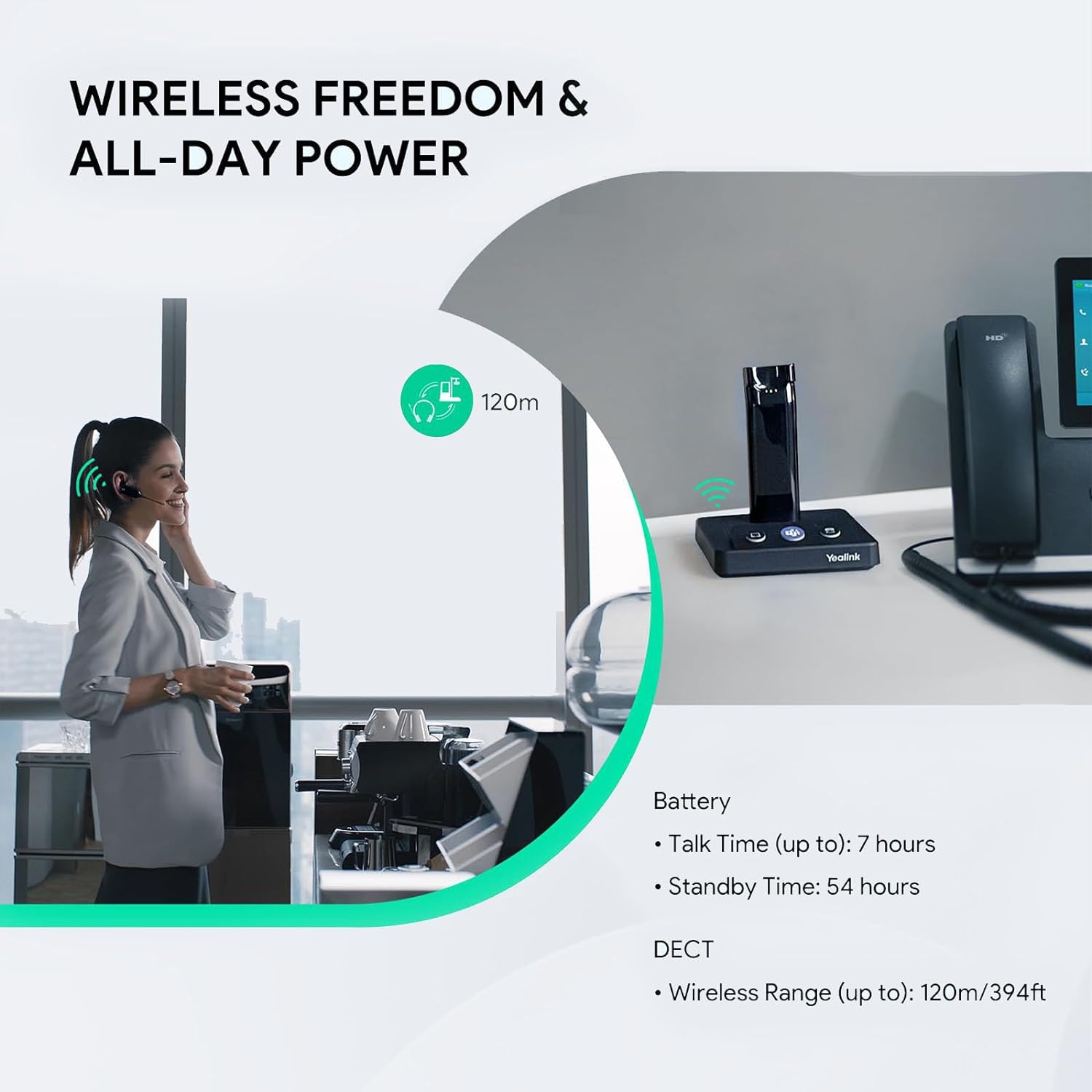

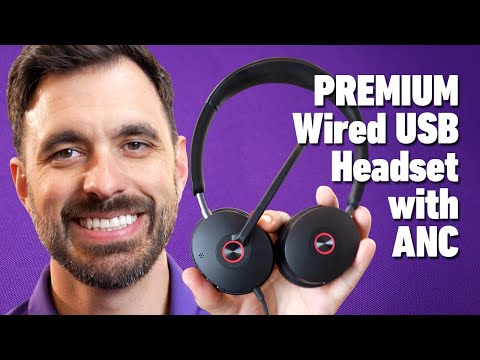

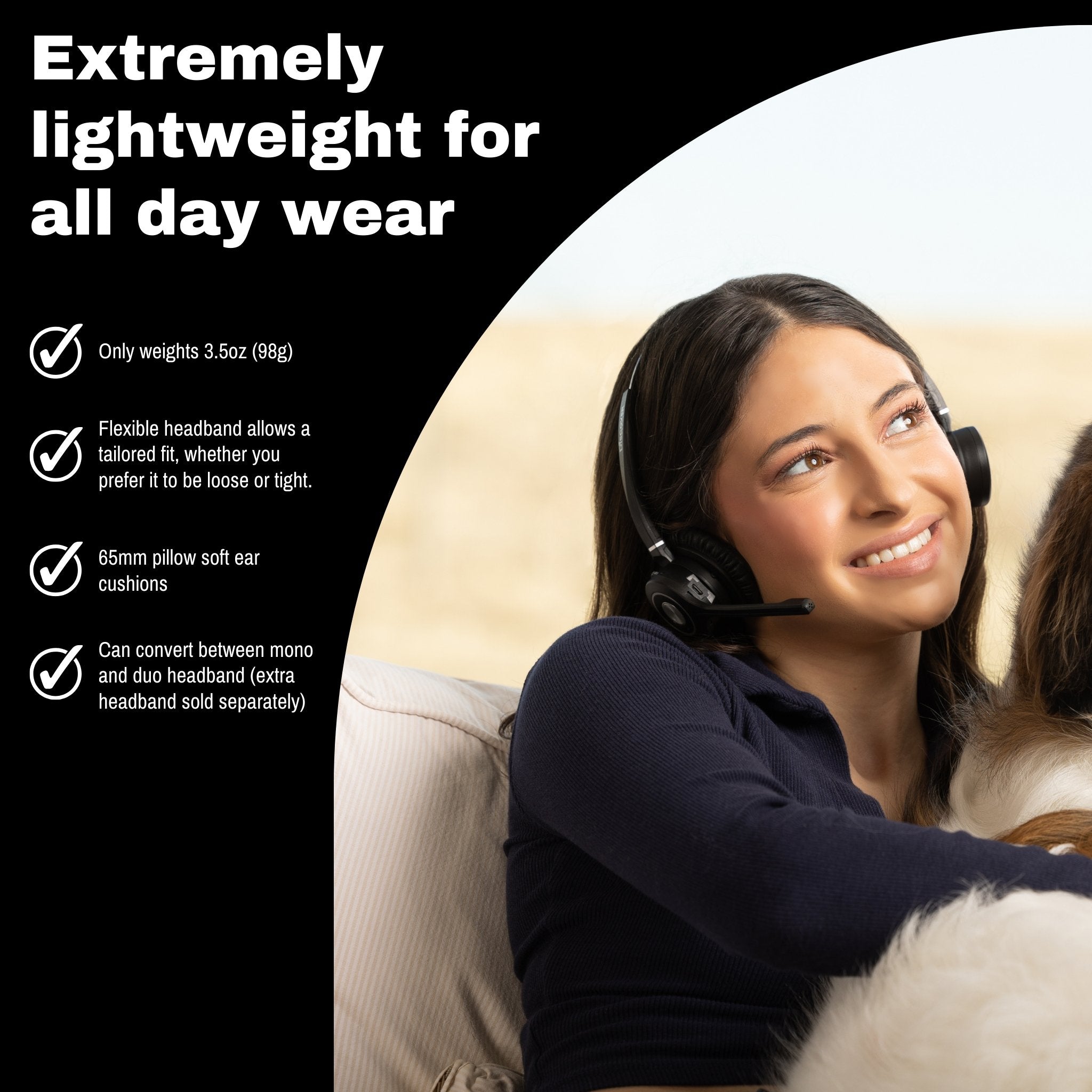


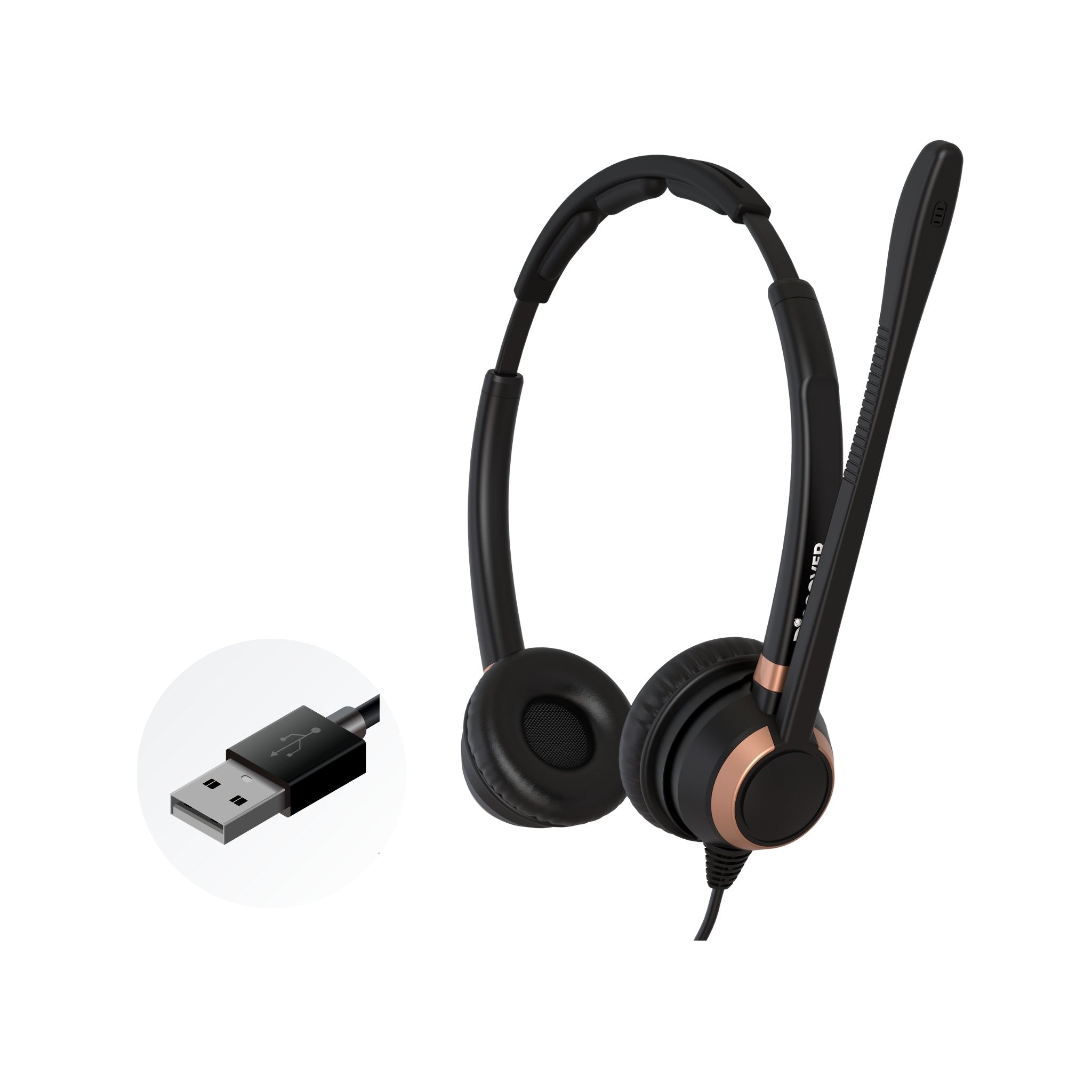
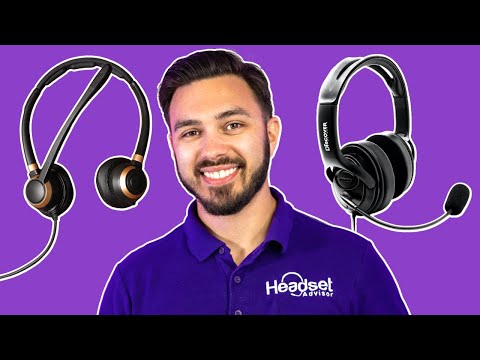
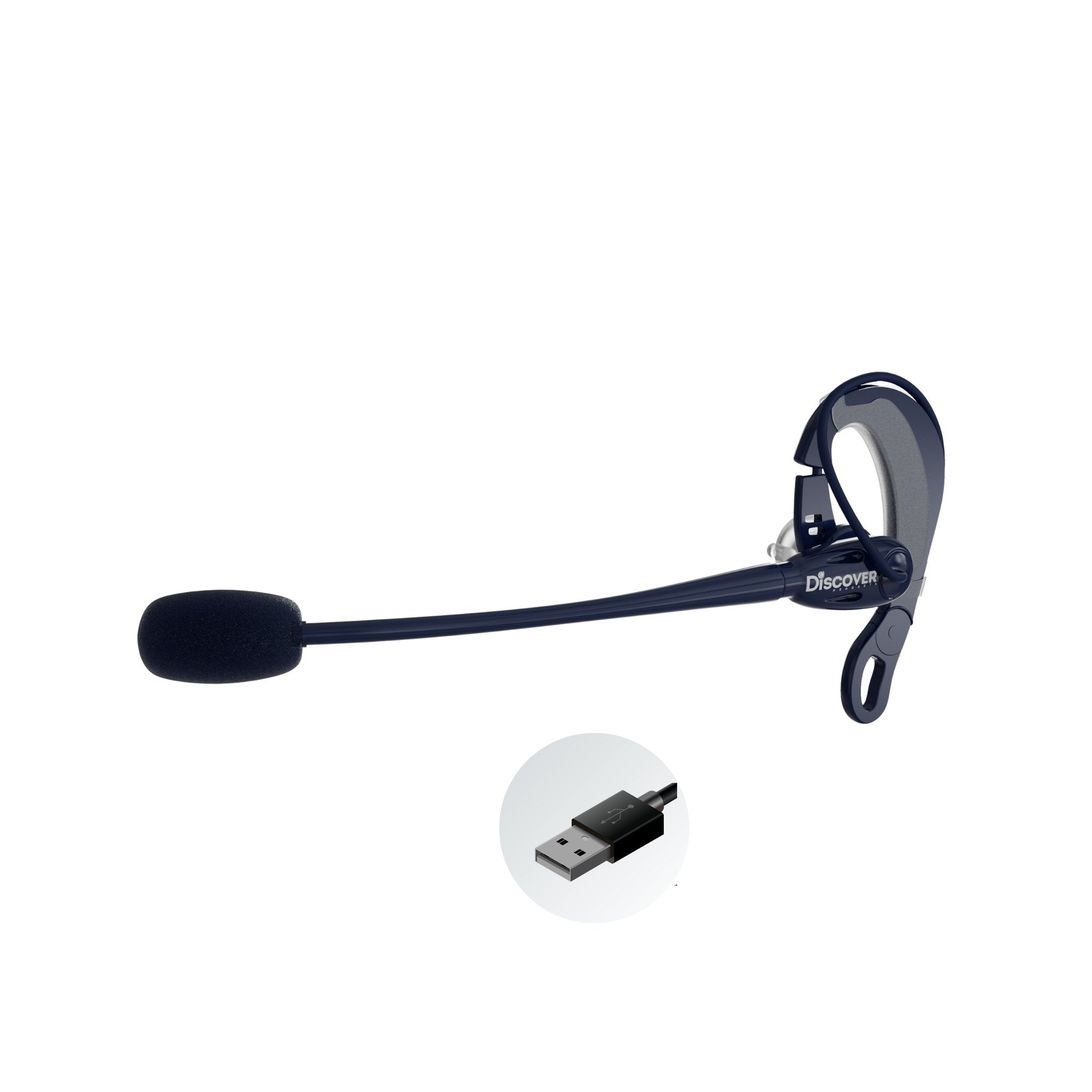
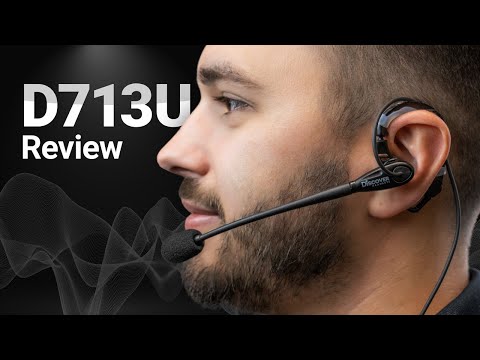
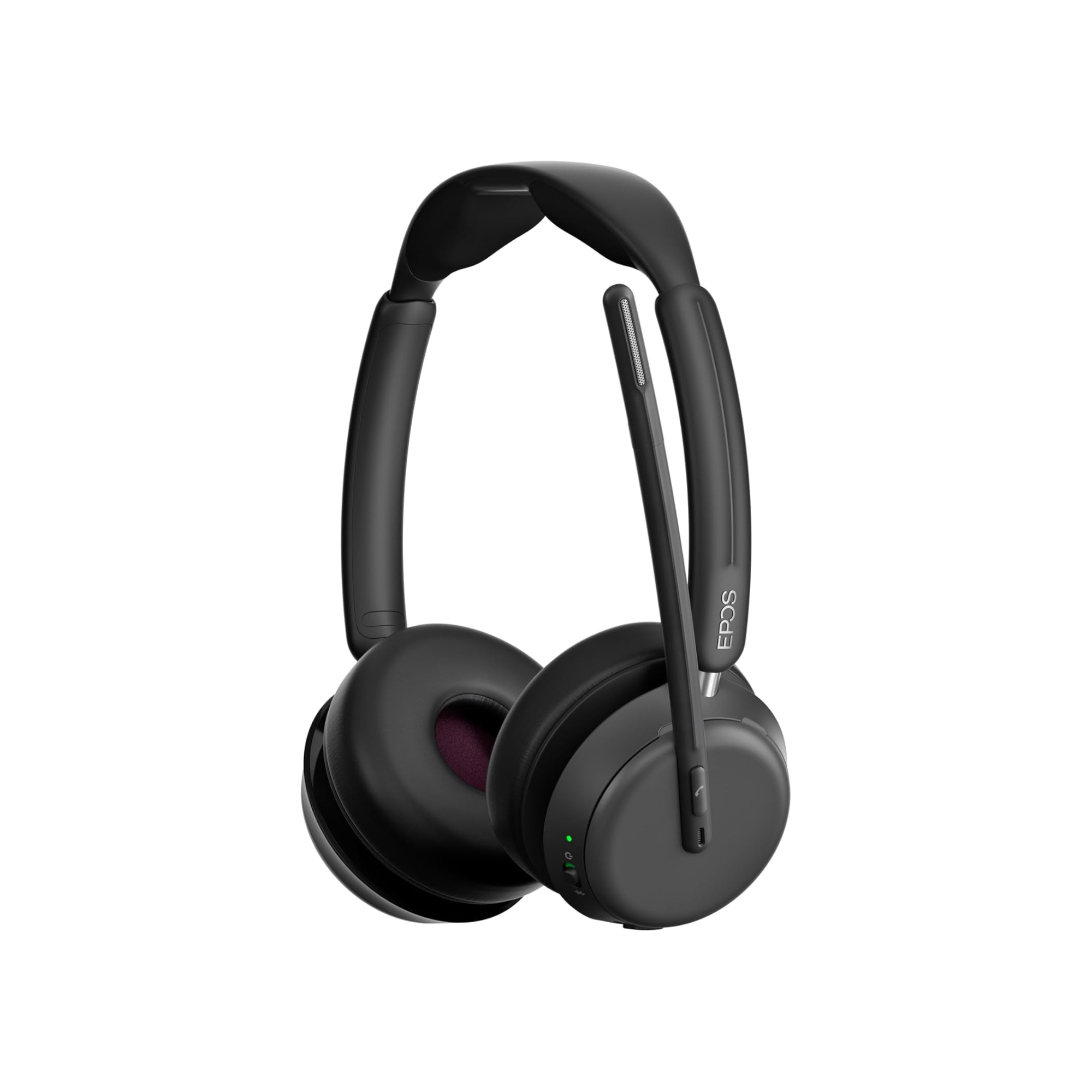

2 comments
Drew (Headset Advisor)
Hi Gamer,
When the Lifter is installed, it will pickup the sound of your phone ringing and in return relay a beep tone into your headset. At that point you can choose to answer the call :)
Gamer Necessary
I see how the lifter works, but with the lifter attached, how does the person hear the wireless headset ring and know when calls come in?